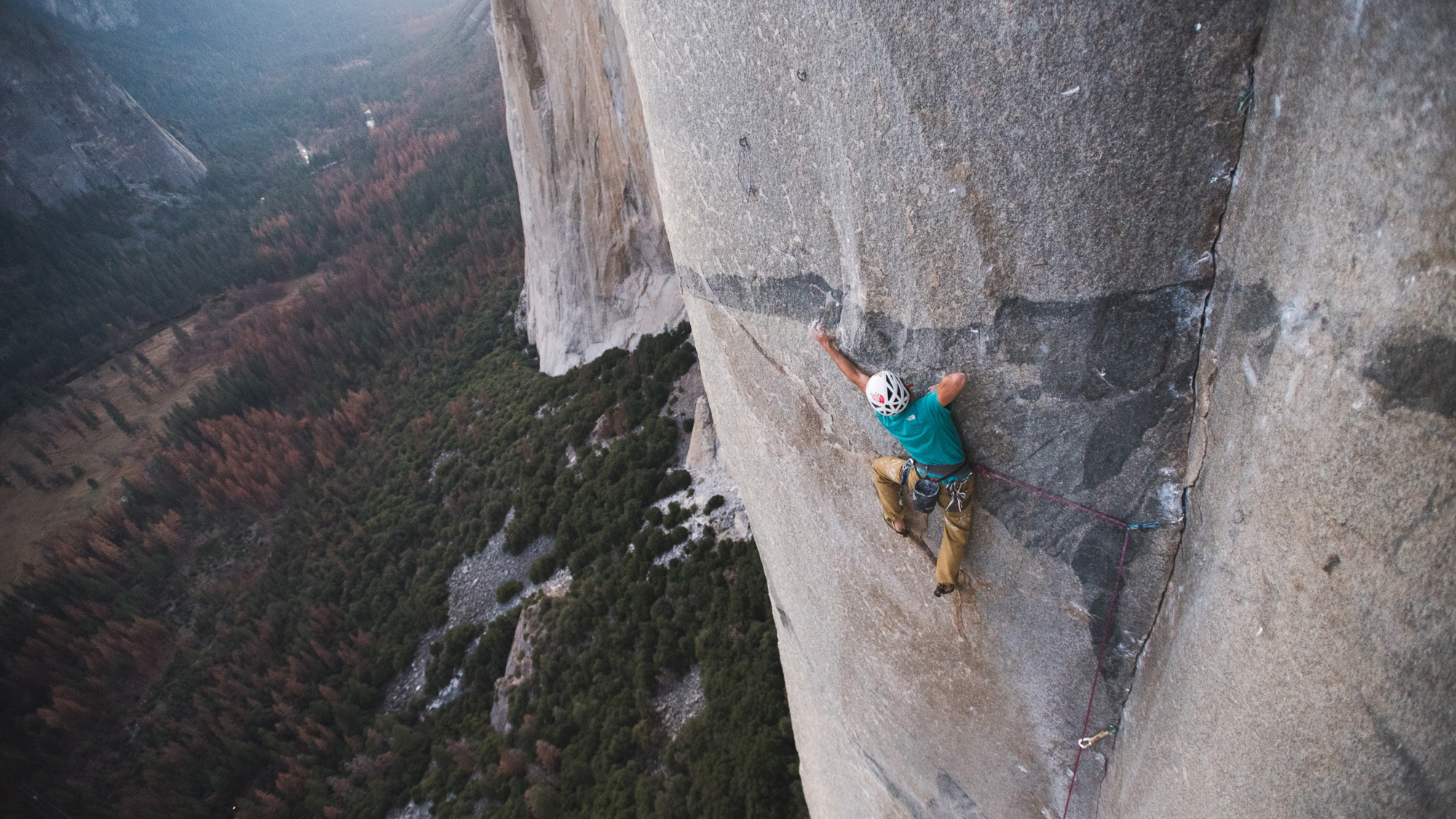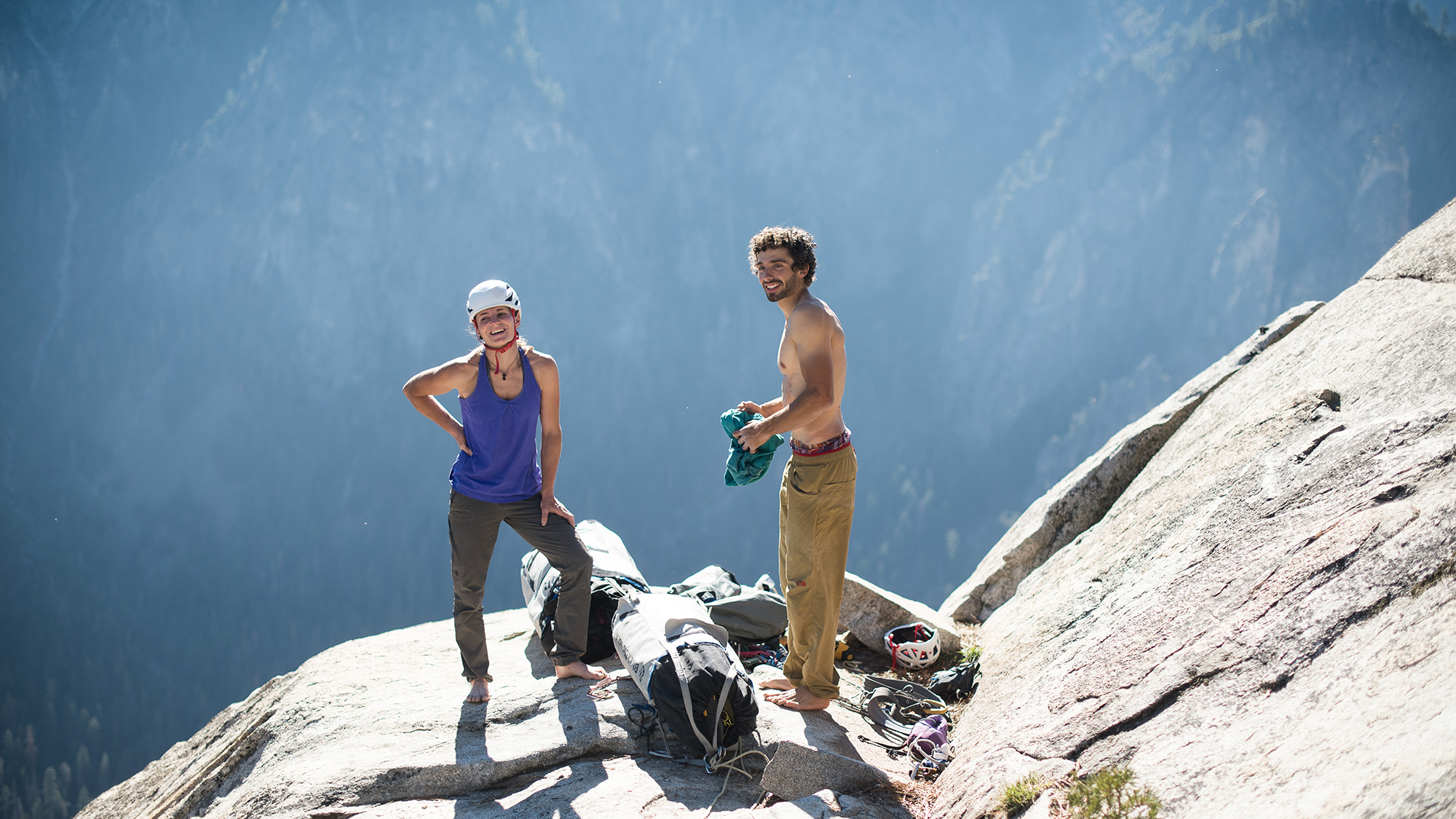Cookie settings
This site uses cookies, small text files downloaded to your device when you browse the website.
To learn more, read our privacy policy.
Do you accept the use of cookies?

We chose to climb “Zodiac” because the other routes on El Cap were already crowded. Few people talked about it therefore I thought it had a few repetitions, but I never imagined that before us, it had only been repeated once.
United States
Bigwall
Free Zodiac
El Capitan
600m
5.13d
Alexander e Thomas Huber (2003)
Tommy Caldwell (2013)


The excessive heat prevented us from climbing, therefore we were forced to climb at night time, using our head lamps. The ideal weather conditions (cold and dry) are fundamental to tackle the route’s crux pitches, characterised by airy moves on almost non existent holds.
Less than a year from the ascent of “El Niño”, which had given Babsi (Barbara Zangerl ed) and I the opportunity to appreciate the appeal of free climbing such imposing rock walls, we were once again at the base of El Cap. In October the valley is bustling with tourists and climbers, making life on the rock face a lot less isolated than usual. Since we wanted to enjoy the splendour of that area fully, concentrating on our climbing and without queuing up, or arguing, we gave up on the routes planned, since they were too crowded, changing objective. Before setting off I had seen various photos of the variant freed on the famous “Zodiac”, and the line looked amazing. I hadn’t heard of it very often, therefore I thought it was less popular than the other routes, but I completely ignored the fact that its only repetition 15 years ago was made by the famous Tommy Caldwell.
This discovery had intimidated us but intrigued us at the same time, so we decided to give it a go. Aware of the elevated difficulties, we rejected the option of a ground up ascent in one single push. We didn’t want to inspect the route before climbing it by abseiling down it, but we wanted to climb from the ground up, helping ourselves with fixed ropes to attempt the pitches and once found the solutions for various routes, we would then give it a proper attempt from the ground up. Except for a route which was graded 7c+ (protected by copperheads), the first part was not extremely difficult. However, since the route was thought out as an aid route, the protections are often terrible if you free climb it: the cracks are too narrow to place cams or nuts and often you have to use breaks, which need to be placed before climbing the pitches aid.
After eight pitches you reach the so called “White Circle”, a section of rock which is extremely overhanging, where the majority of the difficulties are concentrated. Here, a vertiginous succession of smooth corners leads to the well known “Nipple pitch”, the most famous pitch of the route, if not one of the most difficult. After another two very overhanging pitches (“The Mark of Zorro” and “Devil’s Brow”), the difficulties decrease and the route continues up evident corners and cracks all the way to the top.
After having climbed up the first section, we set up our portaledge right before “White Circle”, and start trying the single pitches. The key pitches foresee airy moves on almost non existent holds, and they require ideal weather conditions to be held decently (cold, dry): so as to avoid the heat, we developed a new daily routine: alarm clock at 4 am for a session of climbing before the sun, rest during the day, and second climbing session after sun set all the way late into the night, lighting the rock with our head lamps; it’s incredible how night time in the valley is calmer and the noise of your hands on the rock and every single breath is amplified.
It was very complex to understand the moves on the crux pitches on “The Open Book” and “The Nipple”, with their non existent holds. But after having climbed them top rope we felt ready for a true and proper attempt from the ground.
Once rested, we were ready to attack the route, bringing with us enough food for ten or so days (we did not want things to end as they had done on “El Niño”). The aim was to both lead the routes above 7c, alternating leads instead on the easier pitches. The first day, in spite of the heat, we managed to reach the base of “White Circle” and climb the first difficult routes; and from there, we continued more slowly, resting during the day and climbing during the night. During the evening of the fourth day we only needed a few more pitches to end; and compared to the central section things were no longer as difficult, but since we had to sleep at the top, we preferred spending the last night on the face, celebrating on the portaledge. “Zodiac” truly tested us technically speaking, it helped us appreciate the astonishment of having to decipher every move for hours and to climb pitches to our limit on such an immense wall; we fell in love with this discipline even more.
Article on planetmountain.com Article on alpinist.com Video of the adventure










